The automatic monitoring system helps businesses grasp parameters and adjust them to meet prescribed standards before discharging into the outside environment (Illustrative photo)
Many businesses have invested in building and effectively operating exhaust and wastewater treatment systems in accordance with approved environmental records. In particular, units subject to automatic monitoring have seriously installed continuous monitoring stations for wastewater and exhaust quality. This not only helps to effectively control waste sources but also gradually limits pollution, contributing to improving environmental quality.
According to the Department of Agriculture and Environment, activities to control and reduce environmental pollution in industrial zones and clusters continue to record many positive results. The province speeds up the installation of automatic monitoring systems in industrial zones and connects and transmits data directly to the Department of Agriculture and Environment for continuous monitoring and supervision.
The Department of Agriculture and Environment also presides over and coordinates with relevant agencies, units and local authorities to regularly organize inspections, controls and supervision of production activities of enterprises with large discharge volumes, especially industries with high risk of environmental pollution.
Recently, Vice Chairman of the Provincial People's Committee Nguyen Minh Lam also signed and issued many documents directing sectors and localities, especially areas with strong industrial development, to pay attention to effectively monitoring waste discharge and checking the quality of wastewater discharged into rivers, canals and ditches in order to promptly detect and strictly handle acts of waste discharge exceeding standards causing environmental pollution.
Recent practice has shown that many environmental issues have been addressed. The pressure from socio -economic development activities on the environment has been gradually controlled more effectively. Many production facilities and sources of pollution have overcome or minimized their impacts, contributing to improving environmental quality in some areas. Some forecasts of negative environmental impacts from development projects have also been proactively assessed and controlled early to limit the risk of pollution.
In addition to the results, the province's environmental management still faces many difficulties. In particular, the collection and updating of water environment data still uses manual methods, which is time-consuming and does not ensure high accuracy. The application of advanced technology in monitoring, forecasting and simulating the impact of waste sources on surface water quality also has limitations.
In addition, the rapid pace of industrialization and urbanization also poses many challenges in controlling waste sources, while the impact of climate change is increasingly evident with drought, saltwater intrusion, and floods changing the hydrological regime, affecting the self-cleaning ability of water sources./.
Lam Hong
Source: https://baolongan.vn/xu-ly-nghiem-hanh-vi-xa-thai-gay-o-nhiem-a198912.html


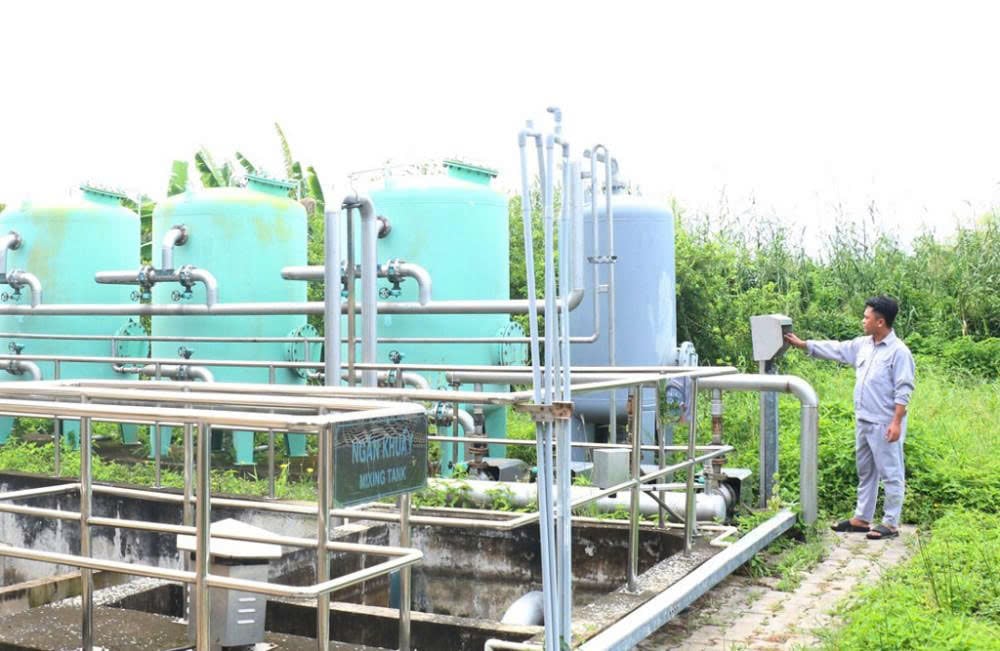
![[Photo] National Assembly Chairman Tran Thanh Man receives Chairman of the House of Representatives of Uzbekistan Nuriddin Ismoilov](https://vphoto.vietnam.vn/thumb/1200x675/vietnam/resource/IMAGE/2025/10/27/1761542647910_bnd-2610-jpg.webp)
![[Photo] The 5th Patriotic Emulation Congress of the Central Inspection Commission](https://vphoto.vietnam.vn/thumb/1200x675/vietnam/resource/IMAGE/2025/10/27/1761566862838_ndo_br_1-1858-jpg.webp)



![[Photo] Party Committees of Central Party agencies summarize the implementation of Resolution No. 18-NQ/TW and the direction of the Party Congress](https://vphoto.vietnam.vn/thumb/1200x675/vietnam/resource/IMAGE/2025/10/27/1761545645968_ndo_br_1-jpg.webp)


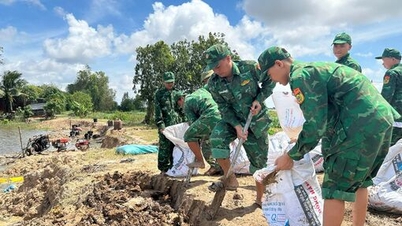



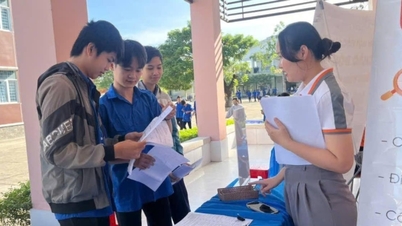

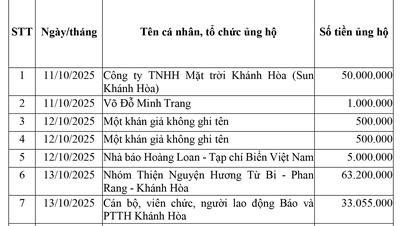


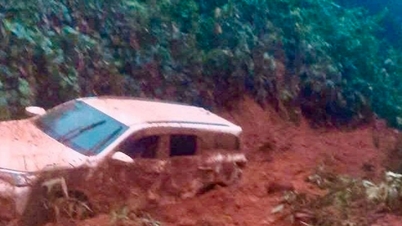











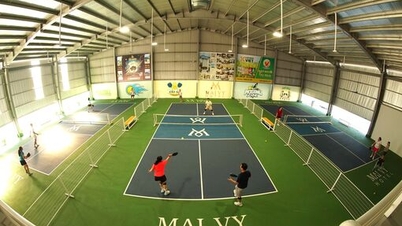






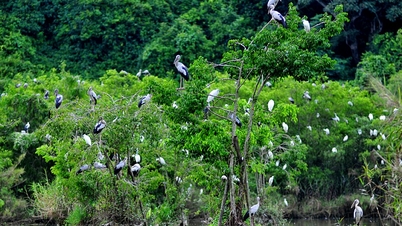

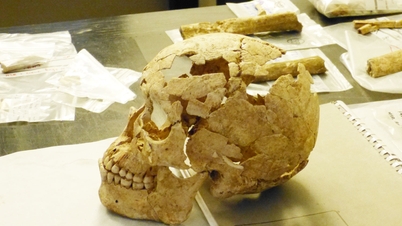

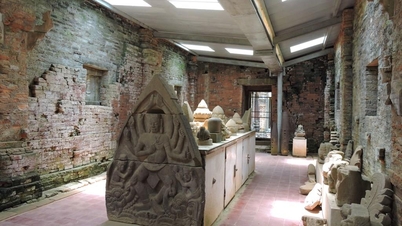




















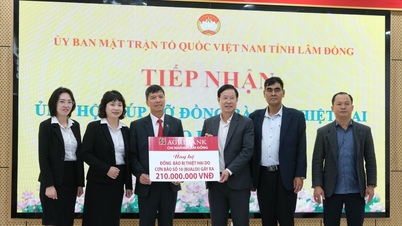


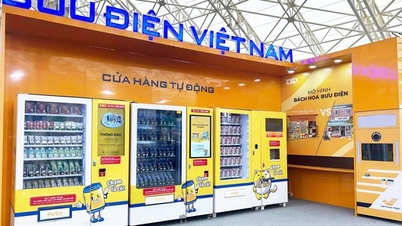



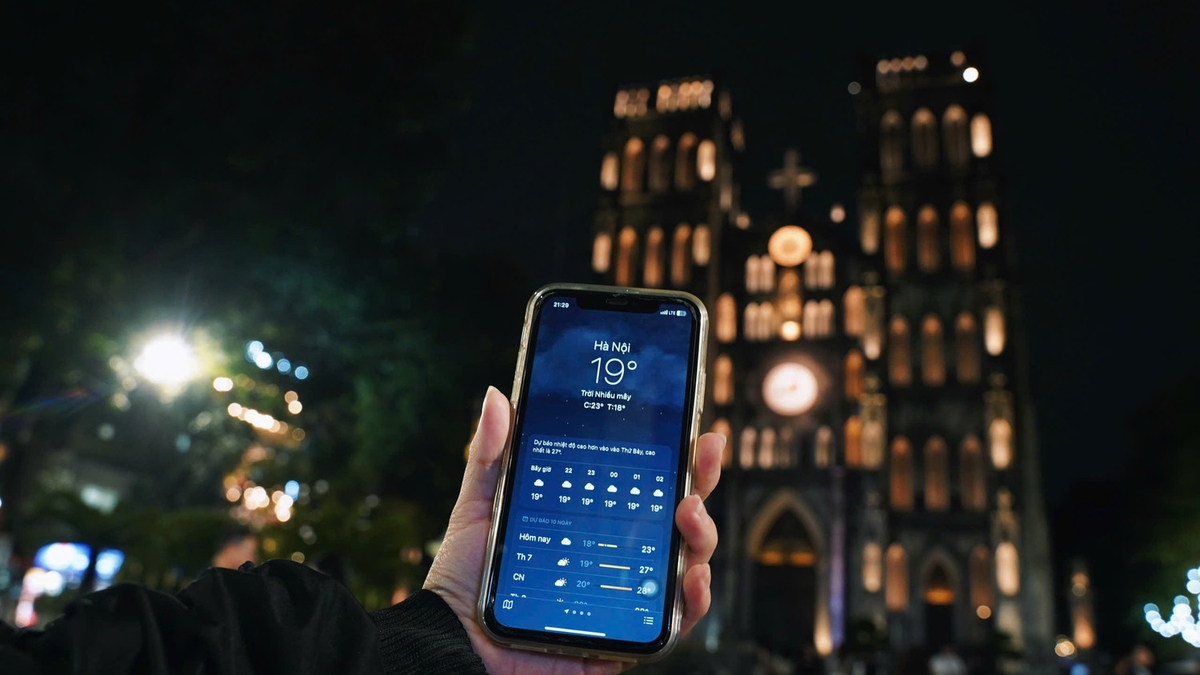












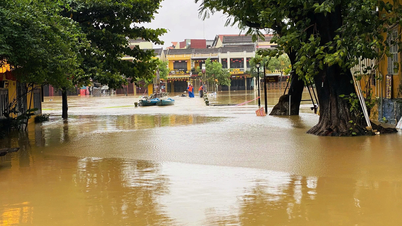
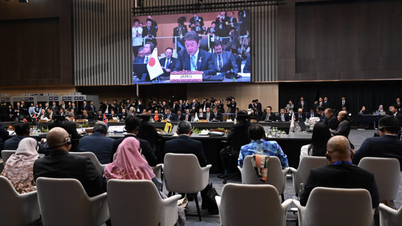


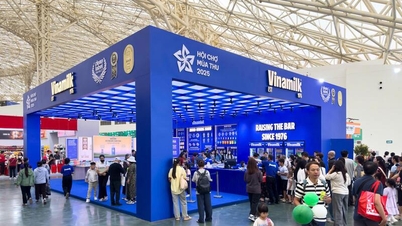
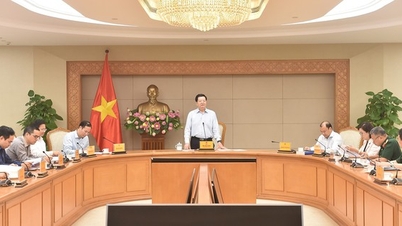



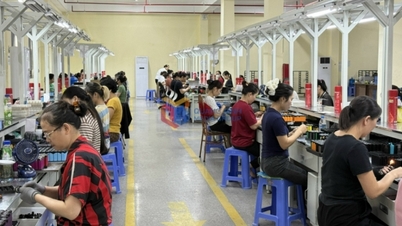



















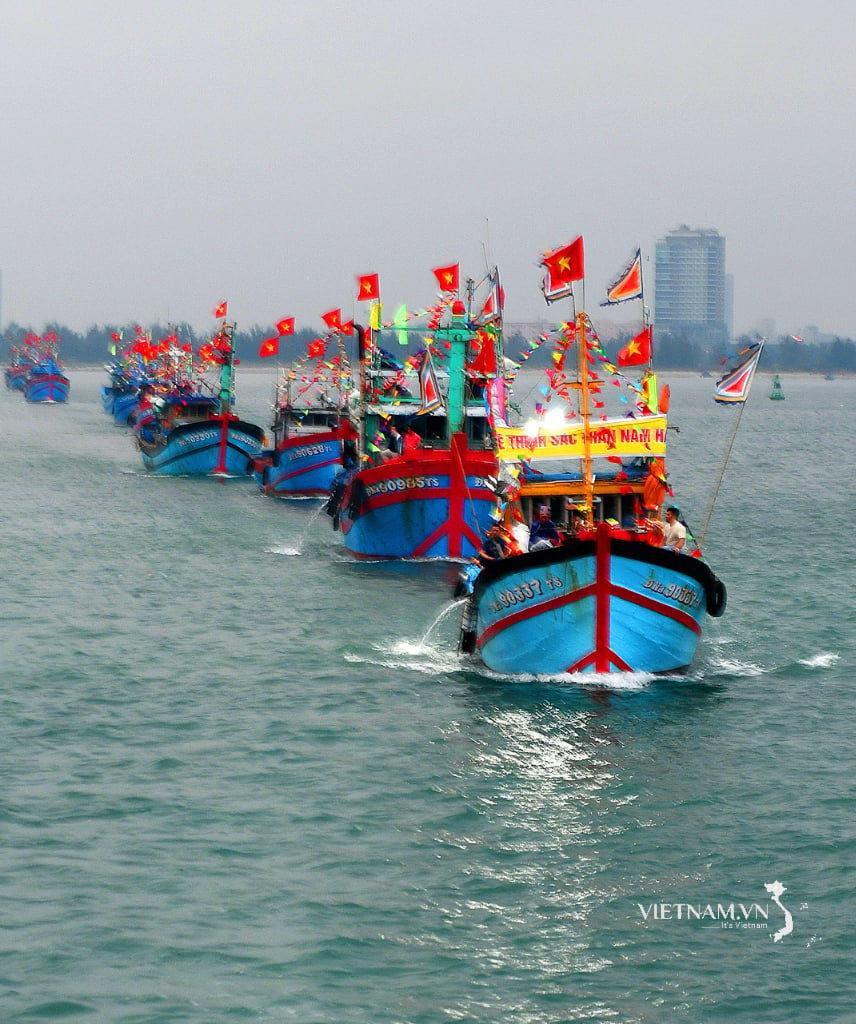
Comment (0)